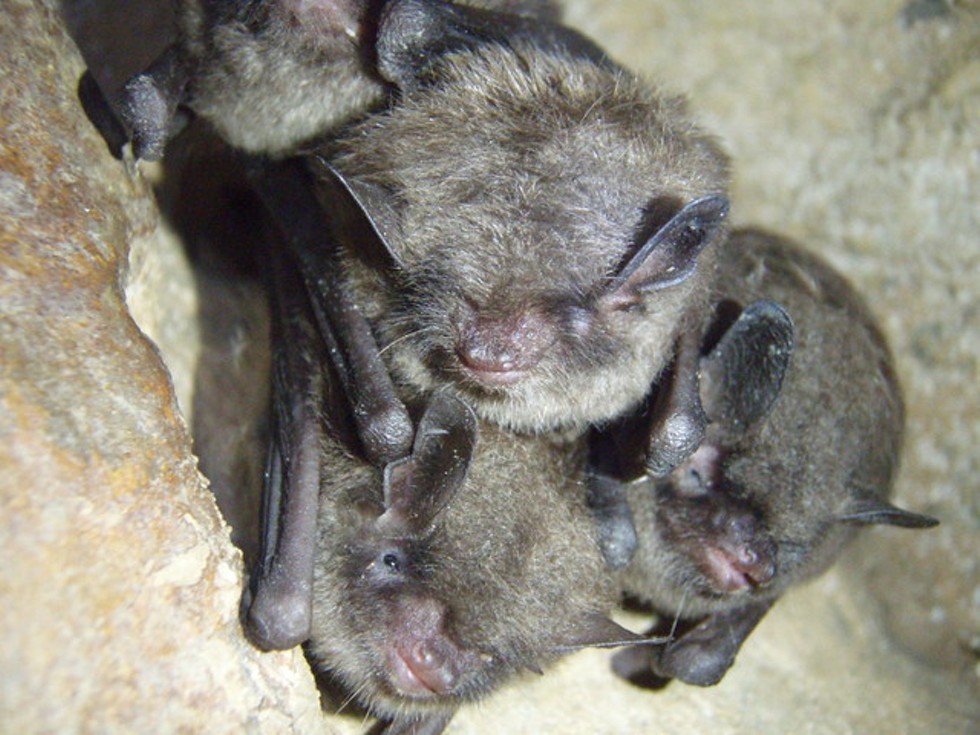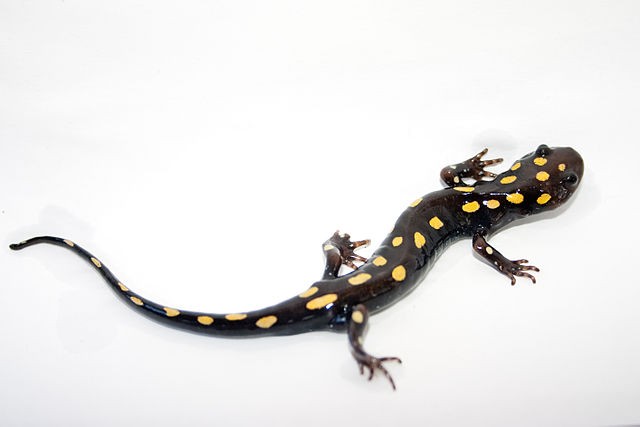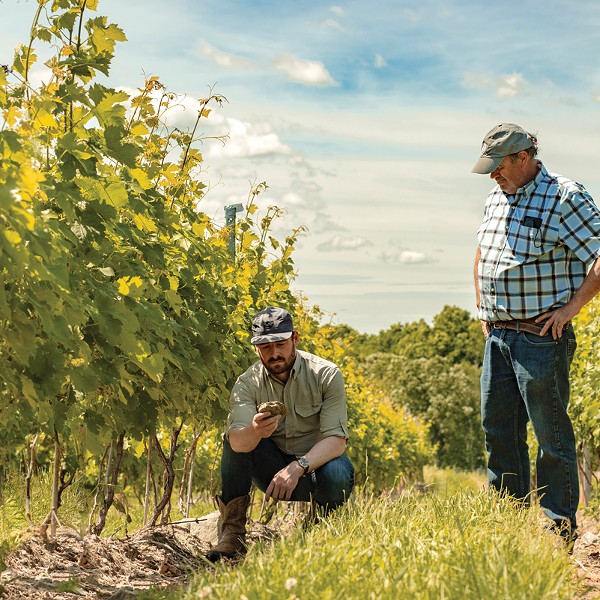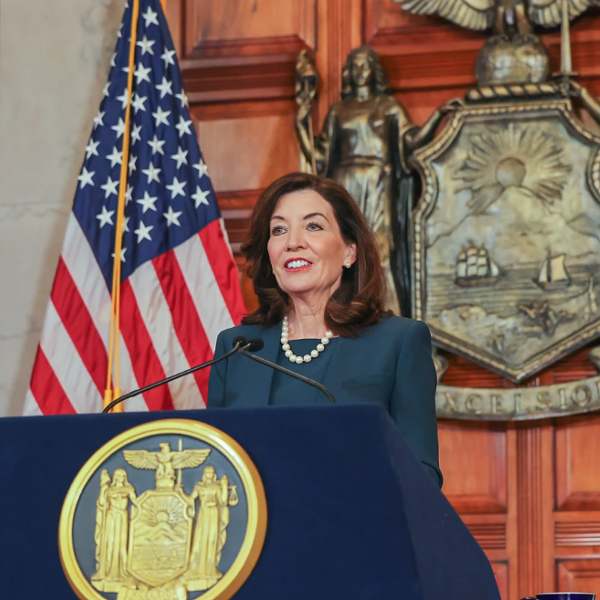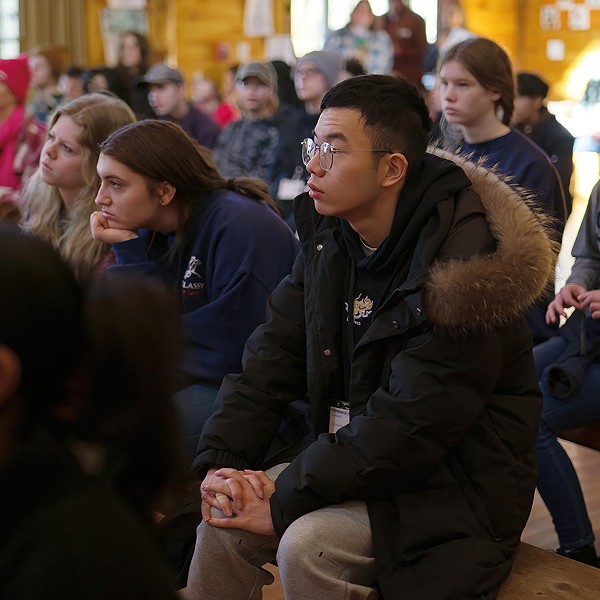Here in the Hudson Valley, biodiversity collapse might look like this: an old abandoned mine cave in Rosendale, home to a once-thriving population of Indiana bats. A decade ago, over the course of a single year, nearly every bat in the cave died, done in by an exotic fungus that disturbs the creatures’ hibernation and ultimately starves them to death.
There’s something acutely disturbing about the prospect of losing a species from the landscape so abruptly. Scientists call it “functional extinction”: what happens when an important member of an ecosystem isn’t made fully extinct, but is brought so low that it no longer sounds an important note in the ecological symphony.
Earlier this month, a United Nations committee released a deeply alarming report warning of “biodiversity collapse” around the globe, if drastic action is not taken soon. The report released is just a 40-page summary of what is expected to be a 1,500-page tome, complied by 145 authors from 50 nations. The science involved is voluminous, but the message is blunt: A million plant and animal species are in danger of extinction over the next few years.
The report’s authors identified five main threats to biodiversity, each one at work in some way in our own local landscape: changes in land use, direct impacts on rare organisms like hunting and poaching, climate change, pollution, and displacement by invasive species.
What Are We Losing?
News of the report made headlines around the world. Most of the news coverage was general in nature, focused on the global loss of species and the broadest threats, but biodiversity loss is a profoundly local phenomenon. Ecosystems all over the world may face very similar threats, but wherever it happens, biodiversity collapse is as unique as a fingerprint.
Some of the threats to our local biodiversity, like climate change driven by tremendous increases in the amount of carbon dioxide in the atmosphere, are global by their very nature. Halting or reversing the damage from those forces would require a dramatic shift in the business practices of the world’s largest corporations, a future that is unlikely to come to pass without major government action on national and international scales.
Other threats to biodiversity are local and specific—and on these fronts, individual action can have an outsized impact. Below, we take a look at a few of the pieces of our local ecosystems that are most in danger. For each one, we’ve included a specific local action that might help in some small way to preserve the richness of Hudson Valley biodiversity.
TREES
Here in the Northeast, forests that were clear-cut a century ago have rebounded. But many of our most abundant trees face a newer threat: Invasive insects. Hemlock, an important species in the Catskills and Hudson Valley, has been decimated in our region by the hemlock wooly adelgid; ecologists hope to spare hemlocks in the Finger Lakes and Adirondacks from a similar fate with an ambitious biocontrol program. Ash trees, which make up roughly 7% of New York State forests, are expected to be “functionally extirpated” in just a few years.
ACTION: Don’t move firewood: Buy it close to where you intend to burn it. Invasive insects will spread more slowly if humans don’t transport them to new territory.
WOODLAND PLANTS
Many of the native woodland plants of the Northeastern forest are in decline. The sight of a carpet of native trilliums in full spring bloom on the forest floor is becoming increasingly rare in the region. Our native woodland plants are under pressure on multiple fronts, but one of the most intense threats is from browsing by deer, whose populations have exploded in recent decades. Deer overbrowsing on native shade-growing plants and young saplings is dramatically denuding the forest floor, and is likely to transform what the forests of a century from now will look like, in ways ecologists can’t entirely foresee.
ACTION: Don’t gather rare plants in the forest. Support efforts to keep deer populations in check. In our region, this is mostly accomplished through hunting.
FROGS, TOADS AND SALAMANDERS
Many amphibians in New York State rely on vernal pools—shallow pools of water that appear in springtime, and dry up later in the year—to breed and lay their eggs. Our rarer amphibians, like the spotted salamander, face loss of critical habitat when those pools are filled in by landscapers, or rendered too acidic for breeding by acid rain. They are also vulnerable to being killed by vehicles on roadways during their annual migrations.
ACTION: On warm, damp nights in springtime, when mass migrations of amphibians often happen, drive slow, and be alert for frogs and salamanders crossing the road.
AQUATIC INVERTEBRATES
When scientists want to measure the overall health of a stream, they will often survey the rocky bottom for invertebrates like caddisflies, masonflies and stoneflies, which cannot live in polluted or stagnant water. These small insect larvae are like the canary in the coal mine: A high diversity and abundance of pollution-sensitive stream invertebrates means a stream is more likely to support a healthy fishery as well, and their disappearance tends to mean the entire ecosystem is degrading. The aquatic invertebrates associated with stream health are exquisitely sensitive to pollution, increased temperature, disturbed soil washing into streams, and runoff from farms and septic systems. In our region, they are also threatened by the spread of “rock snot,” an invasive species of algae, first discovered in New York State in 2007, that is wreaking havoc on local world-class trout streams.
ACTION: Clean boating and fishing gear thoroughly to prevent the spread of invasives like rock snot.
MOUNTAINTOP DWELLERS
Some of our local wildlife has always been rare in the region: the creatures that live only at high elevation, on the tops of the Catskills high peaks. Bicknell’s thrush, a tiny unassuming grayish brown bird that was discovered on Slide Mountain in 1881, was never very common; today, it is one of our most threatened local songbirds, facing loss of habitat in both its Northeastern breeding grounds and its Caribbean winter range. Scientists expect climate change to cut the tiny bird’s Northeastern habitat in half over the next few centuries. Also threatened by the effects of climate change on its isolated islands of high-elevation habitat: the timber rattler. One recent study suggests that the snakes may not be able to move fast enough to keep up with a changing climate, as old habitat becomes too harsh and new territory opens up elsewhere. Protecting the species might mean moving snakes to new sites, or creating habitat corridors they can travel across.
ACTION: If you hike in the woods, take sensible precautions against getting bitten: Wear sturdy boots, stay alert, and don’t harass snakes. The most critical way to preserve mountaintop species is to protect their habitat, but for dangerous animals like rattlers, inspiring fear in human neighbors can be fatal.
BATS
It hasn’t been long since white-nose syndrome, the disease that has wiped out more than 80% of the bats in the Northeast, was first found in the region. First discovered in 2006 here in New York State, in a cave in Schoharie County, the exotic fungus that causes white-nose now threatens to wipe out bats from the landscape across the US and Canada. It may already be too late for a recovery in our lifetime, but wildlife biologists are researching antifungal sprays and vaccines in the hopes that they might give cave-dwelling bats a chance to bounce back.
ACTION: Make your backyard friendly to bats: Build bat houses, or plant pollinator gardens. It won’t stop the spread of the fungus, but it will help support the region’s few surviving bats.
BIRDS
Because they migrate across long distances, many birds are vulnerable to habitat loss both locally and in their winter homes. But the biggest killer of birds in our region isn’t habitat loss—nor climate change, pesticides, windmills, windows, or collisions with vehicles. It’s our pets, and their feral descendants. According to a study published in 2012, which stunned its own authors and made headlines around the world, cats are by far the single largest threat to birds in the US, killing an estimated 2.4 billion birds each year.
One bright spot on this front: Raptor populations are on the rebound. Bald eagles are an increasingly common sight along local riverways, and the peregrine falcon, wiped out of the Northeast entirely in the 1960s and later reintroduced, has proved surprisingly adaptable to the urban landscape.
ACTION: Keep pet cats indoors. Don’t feed feral cats. Protecting bird biodiversity might require the extermination of feral cats from the landscape—a topic of passionate controversy among animal lovers, but not so much among bird biologists.
POLLINATORS
The plight of the honeybee, beset by pesticides and diseases that have swept through commercial hives in recent decades, is fairly well known. Less well appreciated is the fact that the honeybee is a Eurasian import—and that its rarer, wilder, and typically more solitary native cousins are in trouble too. There are thousands of native bee species, ranging from tiny stingless Perdita bees to huge thumb-sized carpenter bees, and many of them are in decline. A recent study of native bees in the Northeast found that 14 species that are important to crops like apples, blueberries and cranberries are in steep decline. Getting people to care about insect conservation is sometimes a tough sell, but consider this: Without native bees, we would have a hard time growing some of our most beloved fruits and vegetables. The common honeybee doesn’t know how to pollinate a tomato.
ACTION: Make your backyard a little wilder. Pesticides kill pollinators, and a lot of the plants lawn-owners tend to consider “weeds” give them food and shelter.
Some key pieces of Hudson Valley biodiversity are already lost—possibly for good, or at least for a lifetime or two. The American chestnut, which once dominated local forests, has been all but lost to an exotic invasive disease. Wolves, lynx, and cougar were once at home in New York State forests; now, if they are seen at all, it is usually a fleeting glimpse of a solitary individual, far from anyplace where its kind are thriving and breeding. The massive sturgeon, once so common in the Hudson River that its meat was dubbed “Albany beef,” is spotted now and then, but its presence in the river has been reduced to an occasional ecological novelty.
How has your local landscape changed over the years? Are there animals and plants in the region you used to encounter regularly, but no longer do? Has ecological change in the Hudson Valley made an impact on your backyard—or your livelihood? If so, we want to hear about it. Let us know your thoughts at [email protected].

Other Visions:
Annihilation, Jeff VanderMeer. In this frequently terrifying, sometimes prismatically beautiful novel, a band of researchers explores a rich wilderness ecosystem infected—or maybe transfigured—by a force that transforms everything it touches. Dubbed "The Weird Thoreau" by The New Yorker, VanderMeer is one of ecological science fiction's most original voices.







